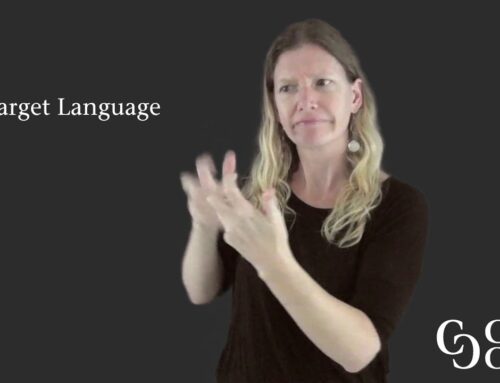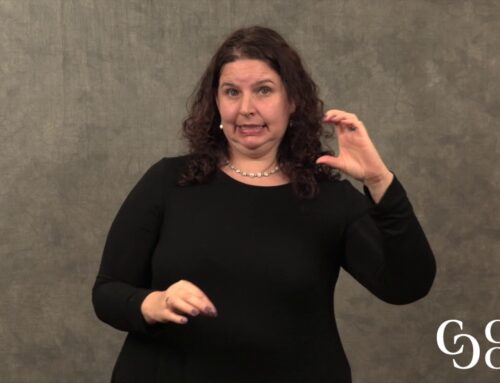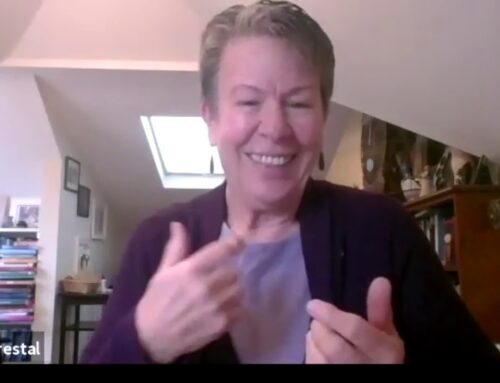Activity Summary: Practice creating an English or Spanish interpretation/translation from any ASL source video. You can choose what specific skills in the ASL to English process you want to focus on.
Developed by Doug Bowen-Bailey
Competencies Addressed: ASL to English or ASL to Spanish interpretation (A variety of competencies can be selected as a focus)
Time Required for Activity: 20 – 40 mins
Objective:
To create a Spanish or English interpretation/translation for an ASL source text using a multi-step process based in a Vygotskyan framework.
For more information on the process, see:
Bowen-Bailey, D. (2012). “Just what the doctor ordered? Online possibilities for healthcare interpreter education,” in Swabey, L. and Malcolm, K. In our hands: Educating healthcare interpreters. Washington: Gallaudet University Press.




